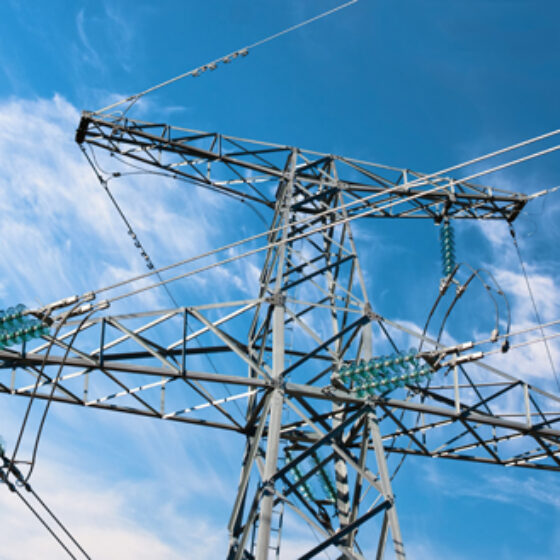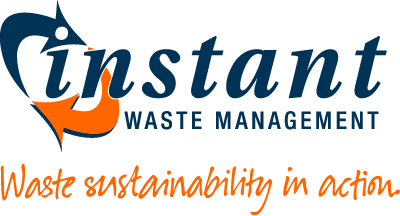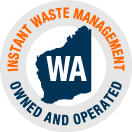Materials Recovered
True closed loop recycling involves using the materials you recycle or re-process in a similar application repeatedly. The viable material’s recovered from waste are the only sustainably way we can manage our planet’s limited natural resources. It also takes a lot less energy to process a new recycled product than it does to dig up the raw materials out of the ground & get new products to market.
Sand (recycled fill material)
Our fill material is tested to Australian Best practice regimes by independent NATA accredited laboratories for hazardous material content and also for its suitability.
It’s a truly sustainable product:
- Economically: It is cheaper than virgin sand.
- Socially: Creates more recycling jobs than the landfilling sector.
- Environmentally: It saves more Green House Gases to use recycled sand instead of raw quarried material.
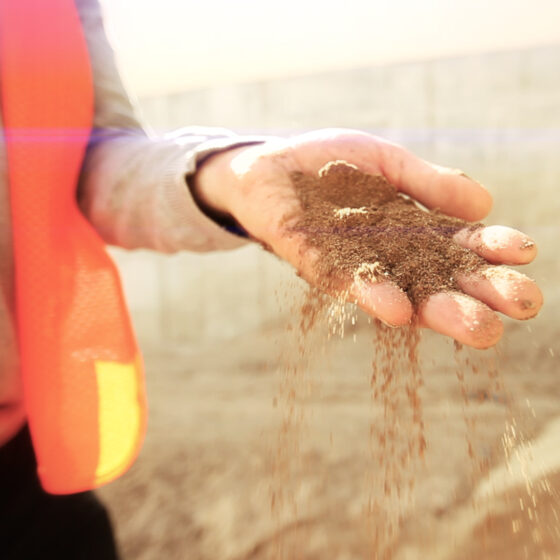
Building rubble
Used by the landscape industry & land developers to create Gabion walls, (mesh walls made out of mixed recycled material. These have a lovely appearance & can help our clients obtain the red & purple accreditation “Materials Leaf” & “Waste” recycling leaf from Enviro Development.
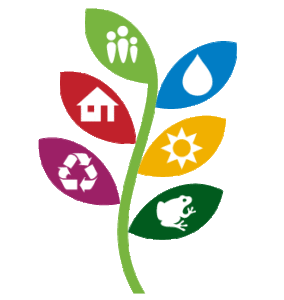
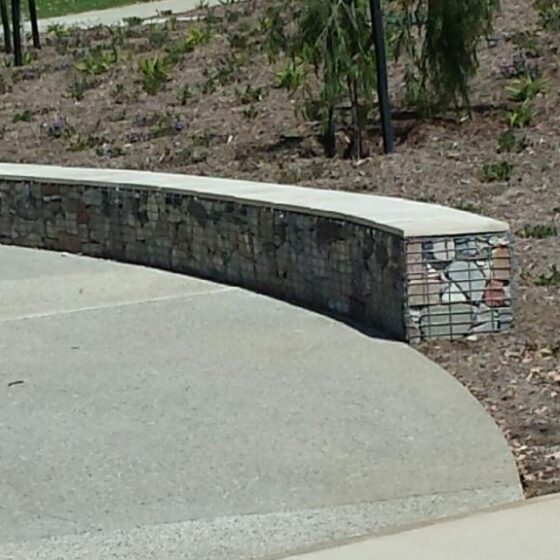
Road Base
By washing and crushing up old bricks, concrete & other types of construction & demolition waste; we can recycle 19mm minus road base for use in civil infrastructure or as a vehicle hardstand. We can also deliver & tip small volumes of this material “back loaded” in our bin trucks to your project for use as a driveway and crossover sub-base. Why pay for two deliveries when we are coming to deliver a bin anyway.
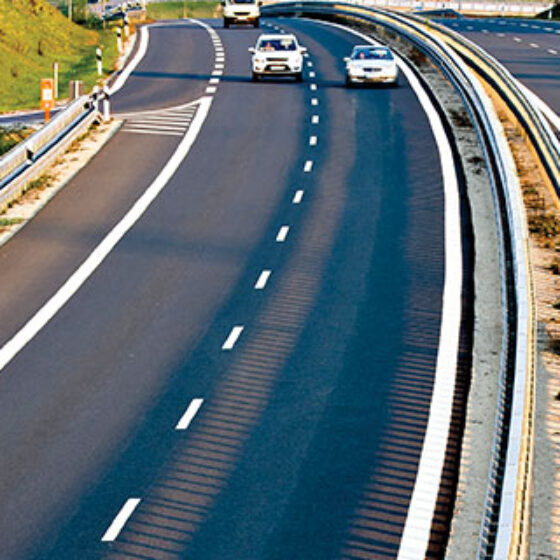
Aggregate
Large rocks (20mm plus) are a by-product of the road base manufacturing process. It’s already been washed in our floatation tank and is ideal for use as a drainage rock in civil infrastructure or on your next construction project to fill your drainage pipe trenching.
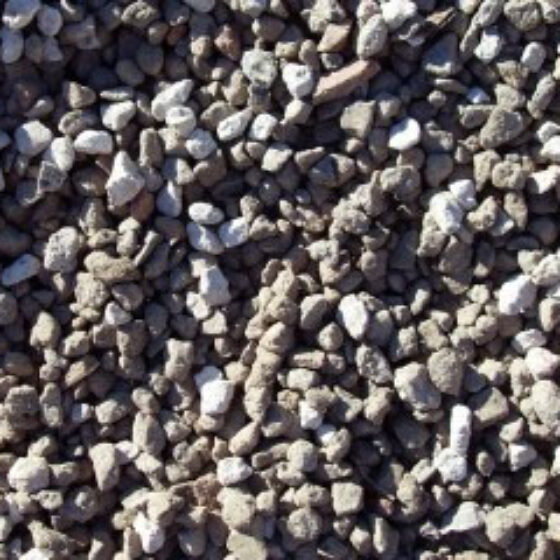
Metal
There will always be demand for recycled metal as it is cheaper to reprocess & manufacture than digging up the raw iron ore. By the time we get the waste out of site bins most of the valuable metal has already been removed. However it is still worthwhile to sort & separate metal using magnets and supply it to secondary recycling markets.
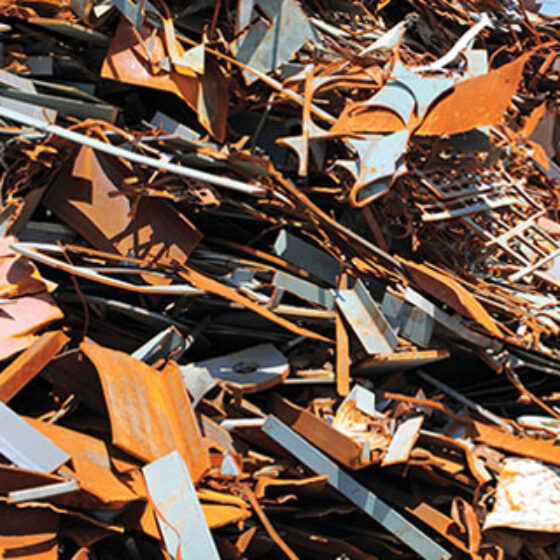
Paper and Cardboard
This waste stream is easily recycled when collected by our trucks in source separated bins. Packaging material from construction sites can also be source separated economically when you have a large project. We’ve developed strategic alliances with resource recovery facilities & the waste to energy sector, who can turn this high calorific feedstock into electricity instead of using coal.
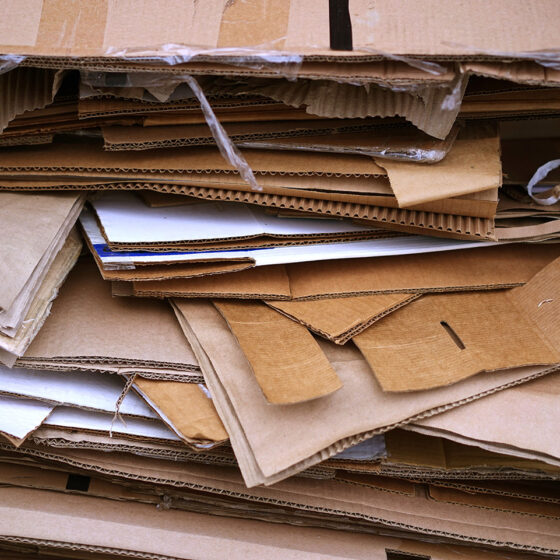
Wood
Untreated wood can be chipped up and used as compost & mulch. We divert wood away from landfill whenever possible; if it’s buried it can contribute to the methane that is damaging our planet. Recycled wood can be reprocessed by secondary recycling markets.
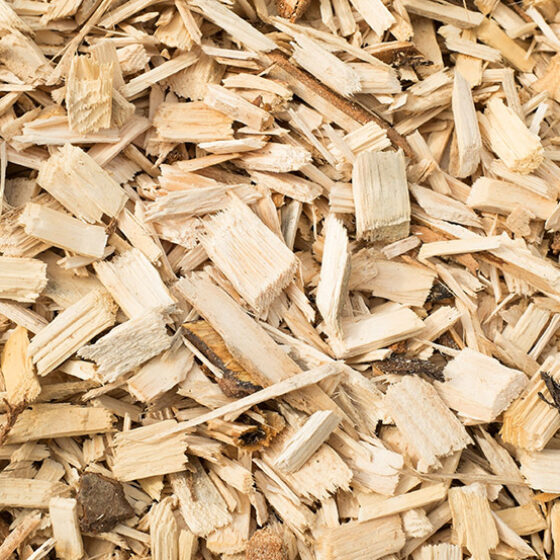
Waste to Energy
Most modern power plants generate electricity using coal, consultants to the Western Australian government have recommended the use of Waste to Energy facilities which will “resource recover” waste streams into electricity with less green house gases emissions and access waste as an infinite resource instead of using coal.
